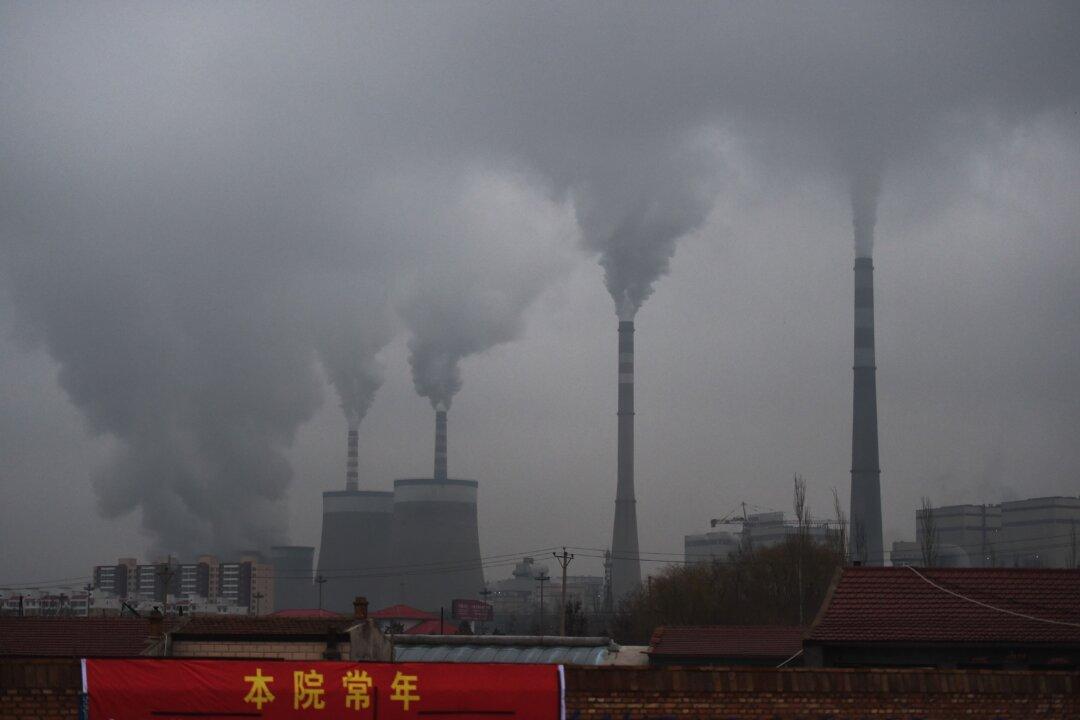Commentary
It’s not often when a study refutes itself. But look at the below chart from the recently released 15th annual California Green Innovation Index, by Next 10, a liberal think tank, and Beacon Economics. It’s under the category International Scorecards and measures millions of metric tons of CO2 equivalent, abbreviated as MMTCO2e.





